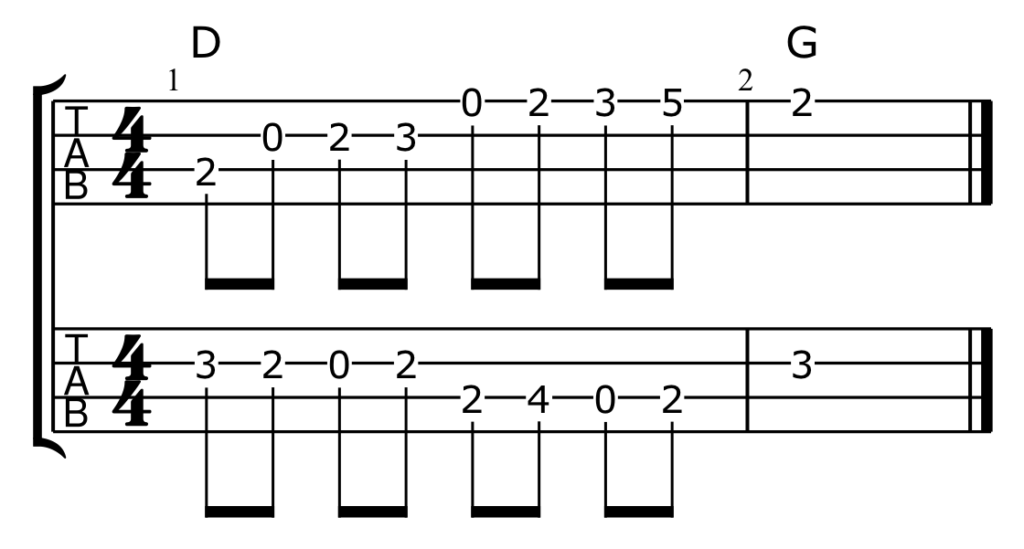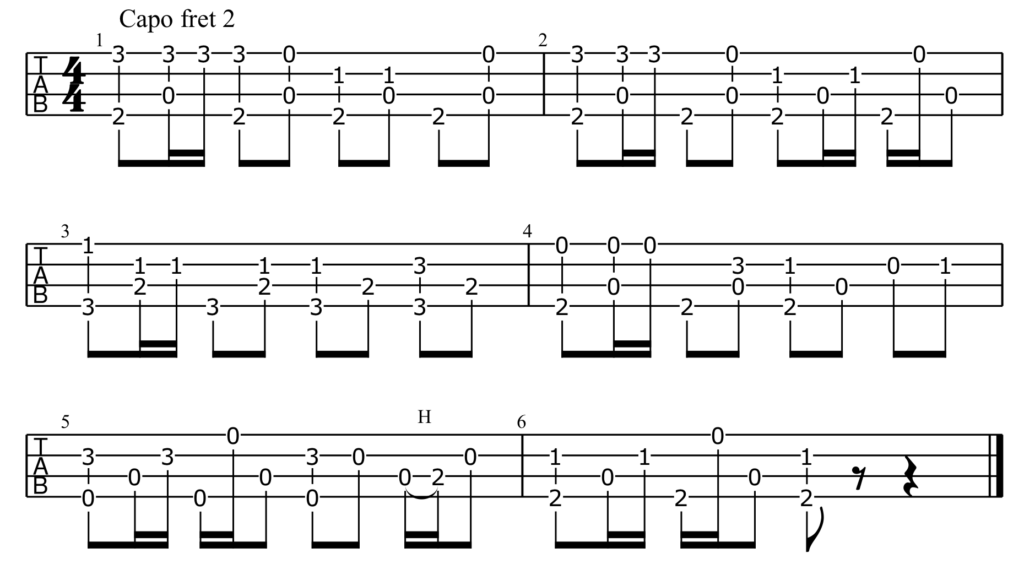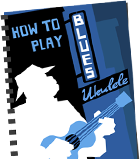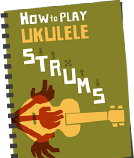The death of founding Ukulele Orchestra of Great Britain member Kitty Lux leaves a huge hole in the ukulele world. The UOGB set the template for the current ukulele revival 25 years before it started. As well as establishing the ukulele as a sociable, group instrument they expanded the uke’s repertoire to include everything from classical to funk. As well as carrying on the tradition of the likes of Ukulele Ike and George Formby by combining a respect for musicianship with keen sense of the ridiculous.
Lux’s music career started when she was art student in Leeds. She was a member of various punk bands including Sheeny and the Goys (whose song Ever Such Pretty Girls the UOGB recorded for their album of punk covers) and the excellently named Severed Head and the Neck Fuckers. And went on to post-punk band Really with original UOGB bassist Dave Bowie (not that one) and later UOGB co-founder George Hinchliffe.
When Lux and Hinchliffe formed the UOGB 1985 the ukulele was as far from popularity as it would get. When Marty McFly travelled back to 1955 he’d be able to watch Arthur Godfrey teaching ukulele on primetime TV. When he went forward to 2015 he could walk into a pub and seen a room of people Johnny B Goode-ing it up on the uke and find the ukulele LaserDiscs piled high out back. But in 1985 the only ukulele was barely known outside of Hawaii and the George Formby Society.
The Orchestra’s membership shifted around through the 80s and 90s as the group developed a repertoire of covers and original material. You can hear many Lux/Hincliffe originals on the 1989 album Hearts of Oak. Including some revealing in the Uke's artsy side like the slide ukulele and poetry number Anything is Beautiful Which.
But it’s for their covers that they UOGB are best know. Kitty described what made a good song for the Ukes like this:
We say that the ukulele is a good bullshit detector, if a song is weak then the ukulele reveals this. A bad song can be dressed up and made to seem good with lots of effects and a big production but the ‘stripped down’ ukulele treatment let’s you know if the song is good musically or not.
As the band’s lineup settled in the 90s their popularity increased and they were soon performing all over the world. Culminating in record-quick sell-out performance at the Albert Hall as part of the usually high-brow and serious Proms. A performance Lux gave only shortly after receiving a kidney transplant.
In a band often known for its comedic moments, Lux’s performances provided a beautiful counterpoint with her warm, earnest singing. She particularly shone on traditional songs such as those on the much underrated collection of traditional songs The Keeper.
The ukulele has benefited from the support a long line of women musicians. From Queen Lili’uokalani, through Mae Singhi Breen and Tessie O’Shea. Kitty Lux joins these legends with her contribution to reminding people of the music that can be made on the uke and the fun that can be had with it.




